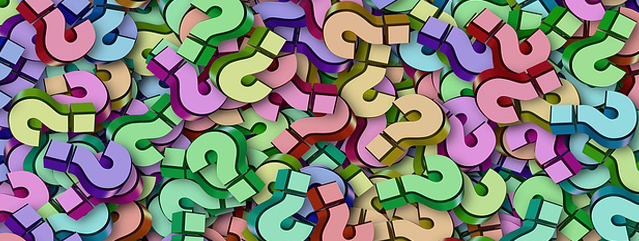What Not to Say to Someone with a Brain Injury

At the Vermont Brain Injury Conference last fall, a TBI survivor, who sustained his injury years ago, spoke to an audience of nearly four hundred people. He didn’t have any visible scars, difficulty with speech, or an obvious limp to his gait. He spoke clearly and eloquently, and, in fact, was back in school pursuing a college degree. Because he appears healthy and strong, he explained how those without a TBI often don’t know what to say to him when they learn that he sustained a TBI. I recall him saying to the audience something like, “I’m me.” In other words, he was affirming his TBI, not from the perspective of a victim, but from the perspective of an individual who has accepted his disability, who has learned to cope with the challenges he faces each day, and who wants others to know that, though he looks “normal,” he cannot do everything others can do.
He left me thinking, thinking a lot, about how confusing a TBI is for those who do not have one, especially if they cannot see or hear it – the scars, the limp, the slowed speech. We all mean well (or I like to think so), and when we meet someone with a TBI, or any kind of disability, it’s natural to want to offer an opinion or suggestion, even if it’s unsolicited. I’ve done it myself, and I have a TBI. A few months ago, when walking on the treadmill in the gym where I live, a middle-aged woman with a cane shuffled in, one foot dragging along the carpet. The arm on the same side of the dragging foot hung limp. Her speech was slurred when she said hello. I assumed she had had a stroke. I smiled at her and introduced myself. I watched her struggle to lift herself up onto the seat of the stationary bike, and suggested that she might want to try the recumbent bike. She responded with a soft voice, saying that she had trouble adjusting the seat of the recumbent bike. I offered to help her, but she said she could manage herself. “Are you sure?” I asked. “Yeah, I’ll figure it out.” She did. Though I was being helpful, I wasn’t. She needed to figure out, on her own, how to adjust the seat. If she needed my help, she would have asked me.
While we may mean well when interacting with someone who has an invisible TBI, or any invisible disability, there are an untold number of statements we may find ourselves saying (some of them people have said to me), that are not helpful, but hurtful. It can be said that such statements are not only meant as an attempt to be helpful, but also as a diversion from facing our own morbidity, and mortality. For instance, it’s easier to say to someone with a TBI, “But you look great,” than to say nothing at all, which would leave too much space in your mind for thoughts of your own vulnerability.
To learn what not to say to people with a TBI, go to Brainline. This same site offers other communication strategies when interacting with TBI survivors, including those with post-traumatic stress disorder. But please know that by sharing this list, my intention is not to be prescriptive or didactic. Dare I say it … it’s my way of making a suggestion. (Maybe I’m not being very helpful, but I can only hope so.)
Thanks for considering these tips!
Read More



Recent Comments